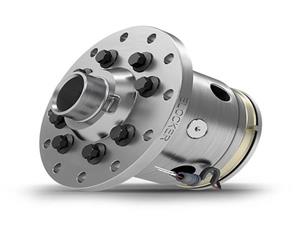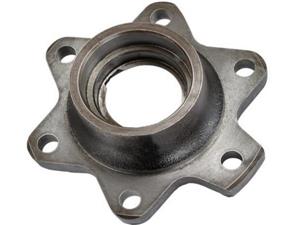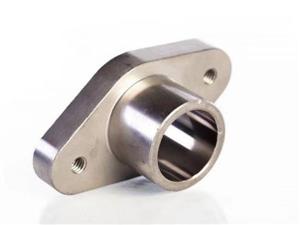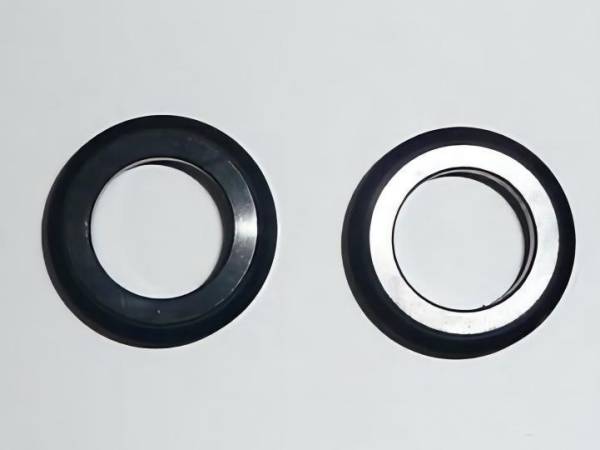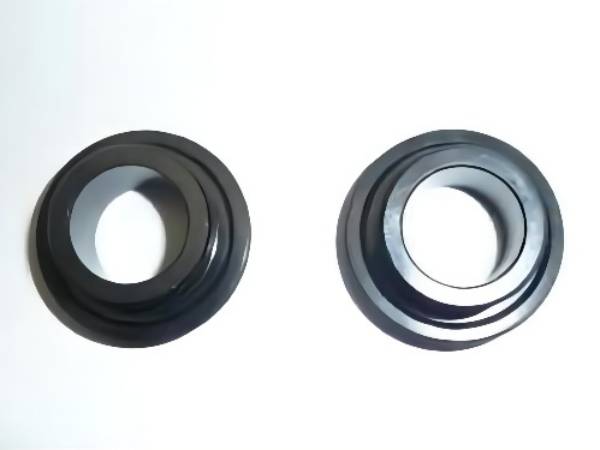Four common casting processes and characteristics
Casting is an ancient metal processing technology with a history of 6000 years. Many ancient bronze gifts and daily necessities adopt casting technology, which is still widely used today. Casting is a process in which liquid metal materials enter a specially designed mold cavity and are taken out of the mold after hardening. It is a blank casting product. The final product is obtained through various finishing processes. Casting products are widely used.
There are two kinds of sand used in the casting process, wet sand and dry sand. The wet sand is a mixture of silica sand clay and other additives and water, and the dry sand is a mixture of quartz sand and fast curing adhesive. Using the casting process can produce complex shapes, especially complex products, which are not limited by the size of materials and parts. A variety of casting methods have been developed for the casting process, and each process has its unique advantages.
Here are four common cast iron casting processes and characteristics:
1. Sand mold casting.
Sand casting is done in two fixed modules. First, put the product model into a module, cover it with sand, and then overlap another wooden frame. It also needs to be covered with sand and compacted. Then open the overlapping mold frame and take out the model, form the column mold in the column sand, overlap the wood ore again, pour the metal solution into the column mold through the pouring port, and open the cooling hole in the column mold. The production cost of sand mold casting is relatively low. Large parts can be produced in small batches, but the casting accuracy is low. Products such as engine cylinder block and large valve can be cast by sand mold.
2. Lost film casting.
The product model to be cast is made of paraffin wax or foam, and the surface is coated with refractory coating. The model is buried in the column yarn, and then the molten metal liquid is poured into the model, so that the paraffin wax or foam in the model is vaporized and the molten metal occupies the position of the model. After condensation, the refractory material on the surface is removed to obtain the cast product. The lost film casting has the advantages of high precision, short processing time, clean and pollution-free, and is mainly used to manufacture precision castings such as engine box bends.
3. Die casting.
Die casting is a high pressure casting method. Molten metal is injected into the mold gun through the piston rod. When the metal solution is filled into the mold for cooling and solidification, products can be obtained. This is the same as the casting principle. Die casting products have good quality, high efficiency, are suitable for mass production, and have good economic benefits. However, the die casting products will have pores, affecting their service life. Die casting is mainly used in automobile, machinery, medical equipment, daily hardware and other industries.
4. Centrifugal casting.
Centrifugal casting is to pour molten metal into a high-speed rotating mold. Under the action of internal centrifugal force, the metal solution will evenly fill the inner wall of the mold, but after cooling, it will form a hollow cylindrical product. Centrifugal casting products have high strength and no pouring mouth, but can only produce single cylindrical products. Therefore, centrifugal casting is mainly used to produce pipes of various sizes.

